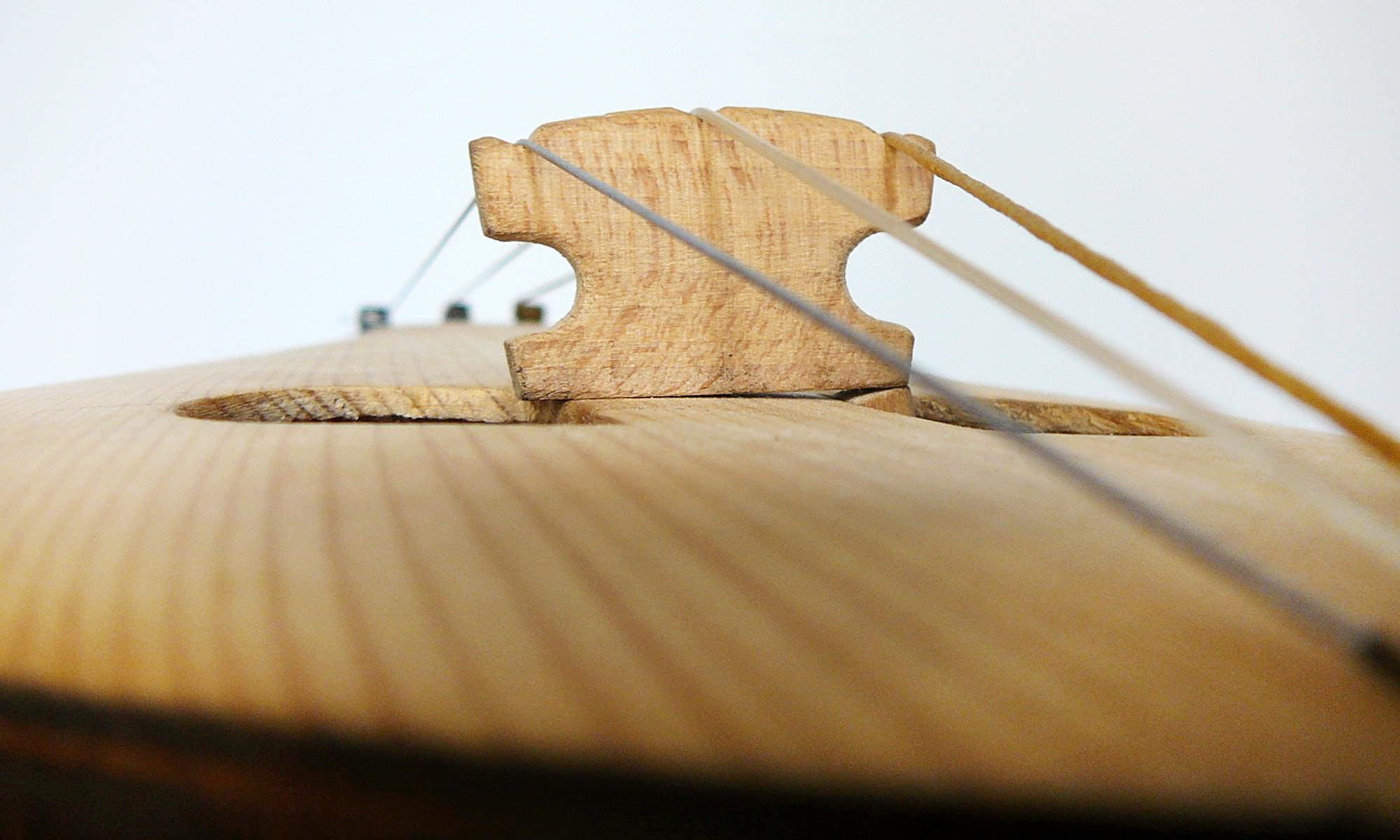Though Bach, Mozart, Dvorak, Schoenberg and Britten all played it, the viola remains widely regarded as the Cinderella of the strings, its versatility unacknowledged, its beauty concealed. But a surge of fine modern violists, with Garth Knox in the vanguard, have been championing it, and here was the man himself with a recital for Edinburgh Contemporary Arts Trust that exhilaratingly liberated every timbre, note or noise his instrument could produce.
On this evidence, virtuosity in viola terms is not a joke but a reality. How else could you react to the seething cauldron of sound he produced in Luciano Berio’s Sequenza VI at the end? With six music stands in front of him, he moved calmly from one to another, sawing away, as the programme-note put it, on all four strings, while the obsessive tremoli the music demanded from him moved relentlessly onwards. But the point about the piece was not that it was freakish but that it was a hymn to diversity, its unbroken span moving from the fury of its opening to the high melancholy of its close.
Knox’s own Viola Spaces, which preceded it, took matters further, exploiting the extended techniques whereby the instrument can be played «up, down, sideways, round» his way of describing his pattern of bow strokes to fascinating effect.
With Salvatore Sciarrino’s three Notturni Brillanti, their strains sounding like far-distant dance music, James Dillon’s disruptive Siorram and some wisps of Kurtag and Ligeti, the recital could have been entitled The New Viola.
CONRAD WILSON
